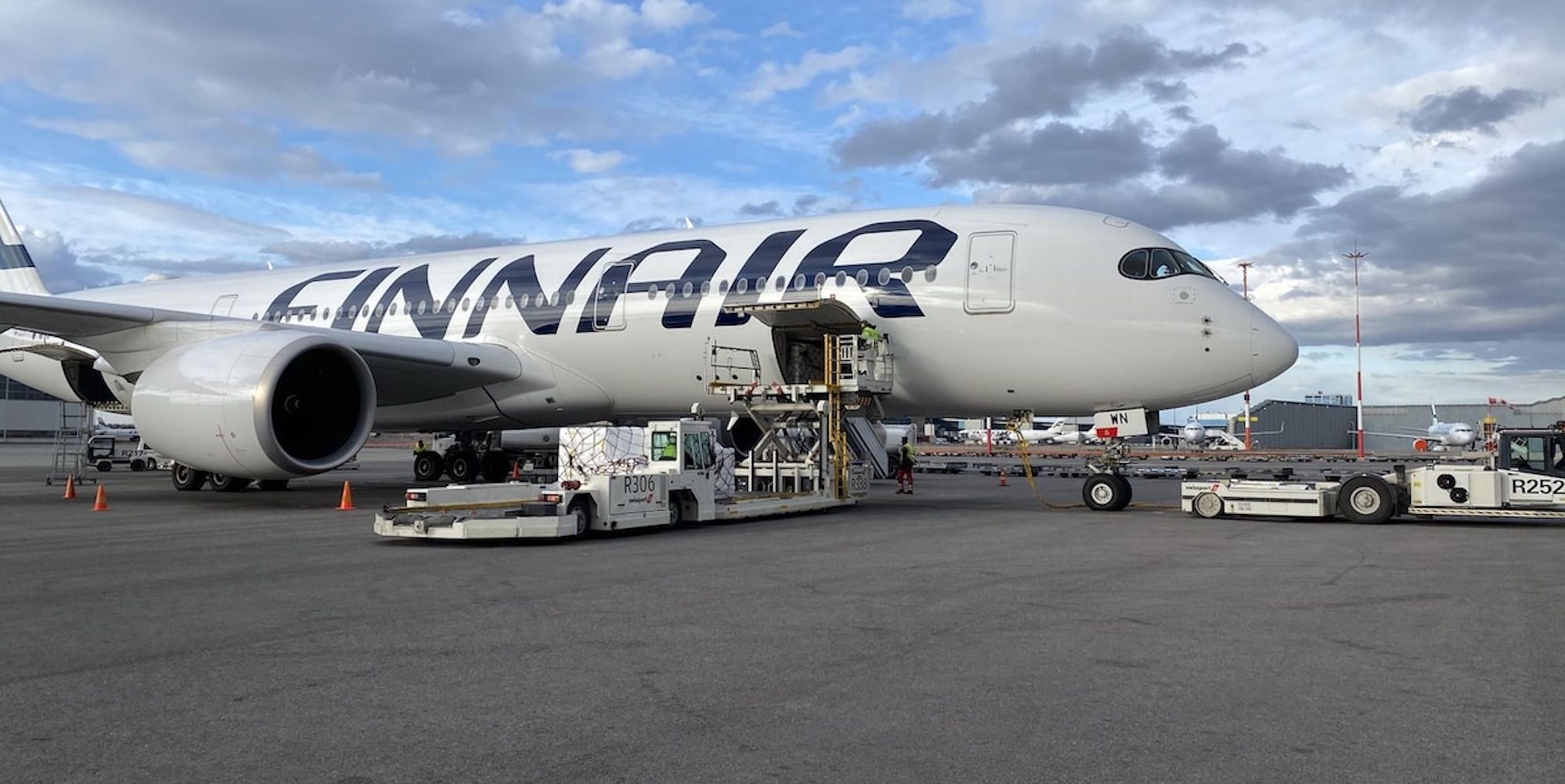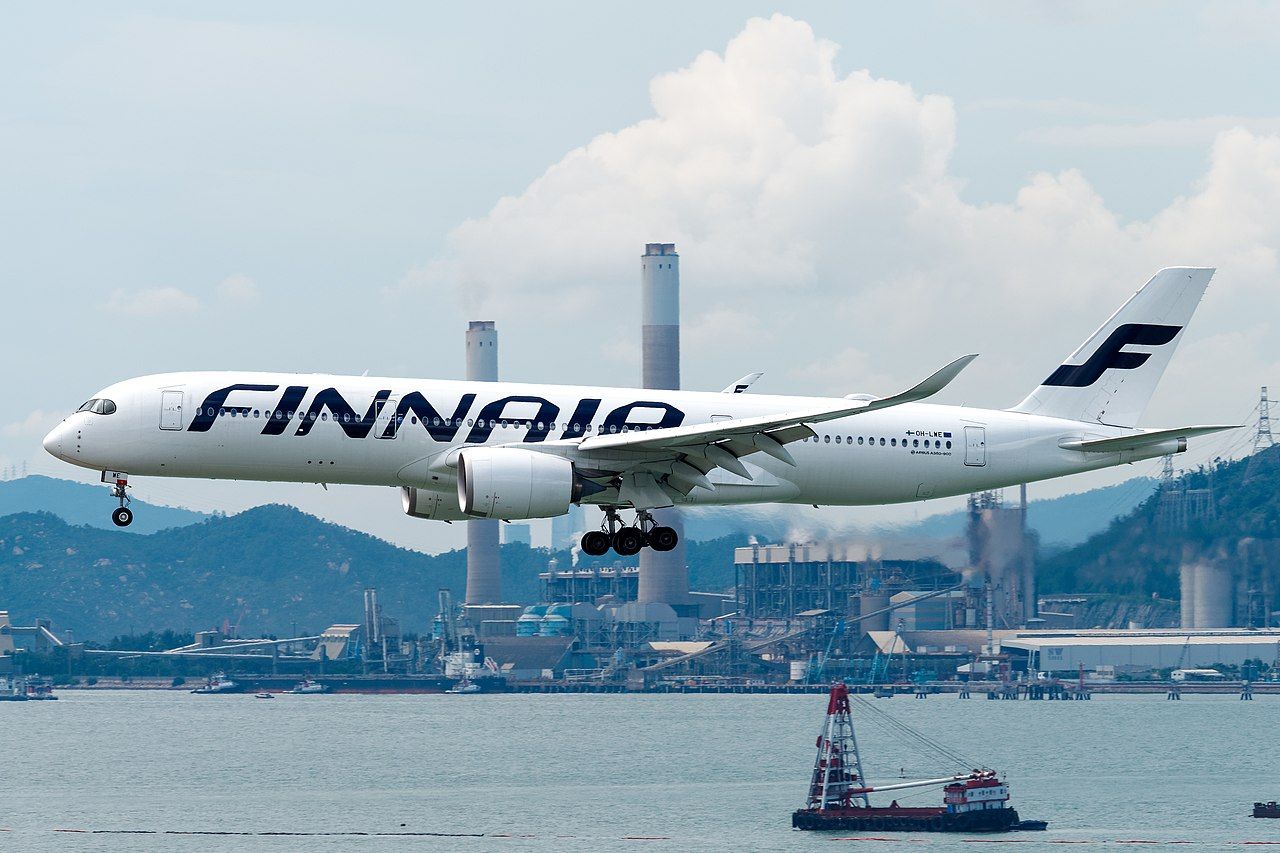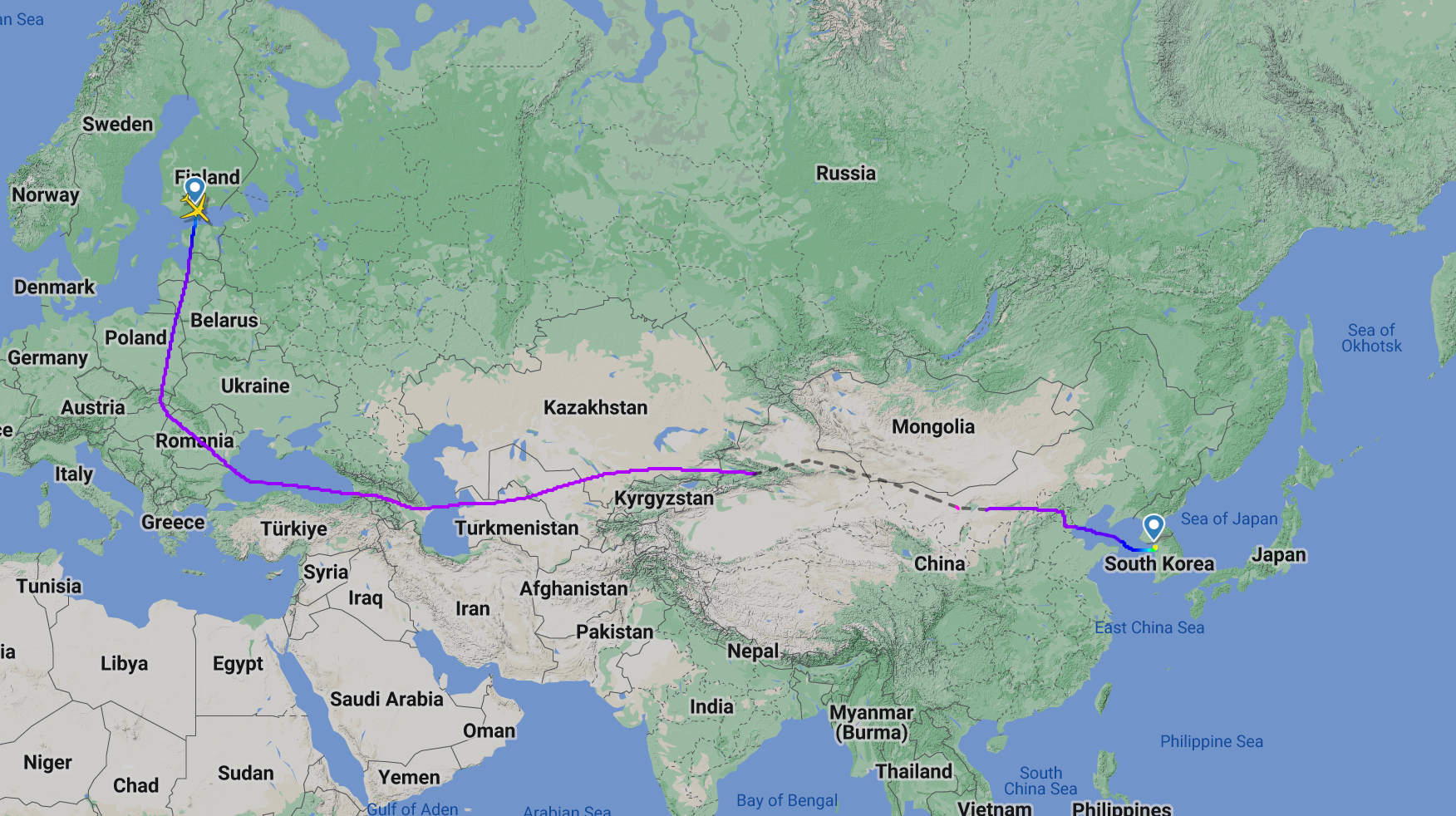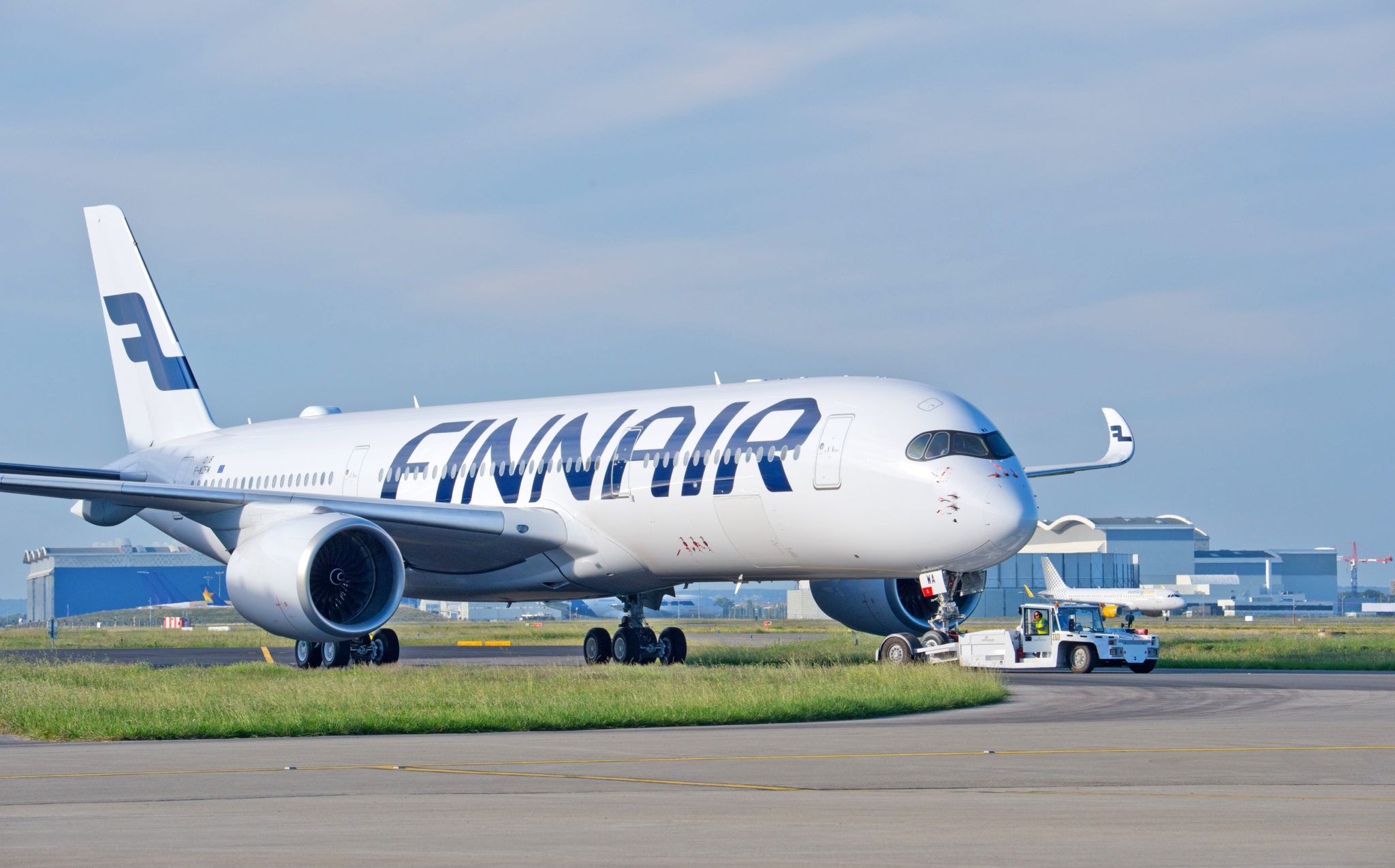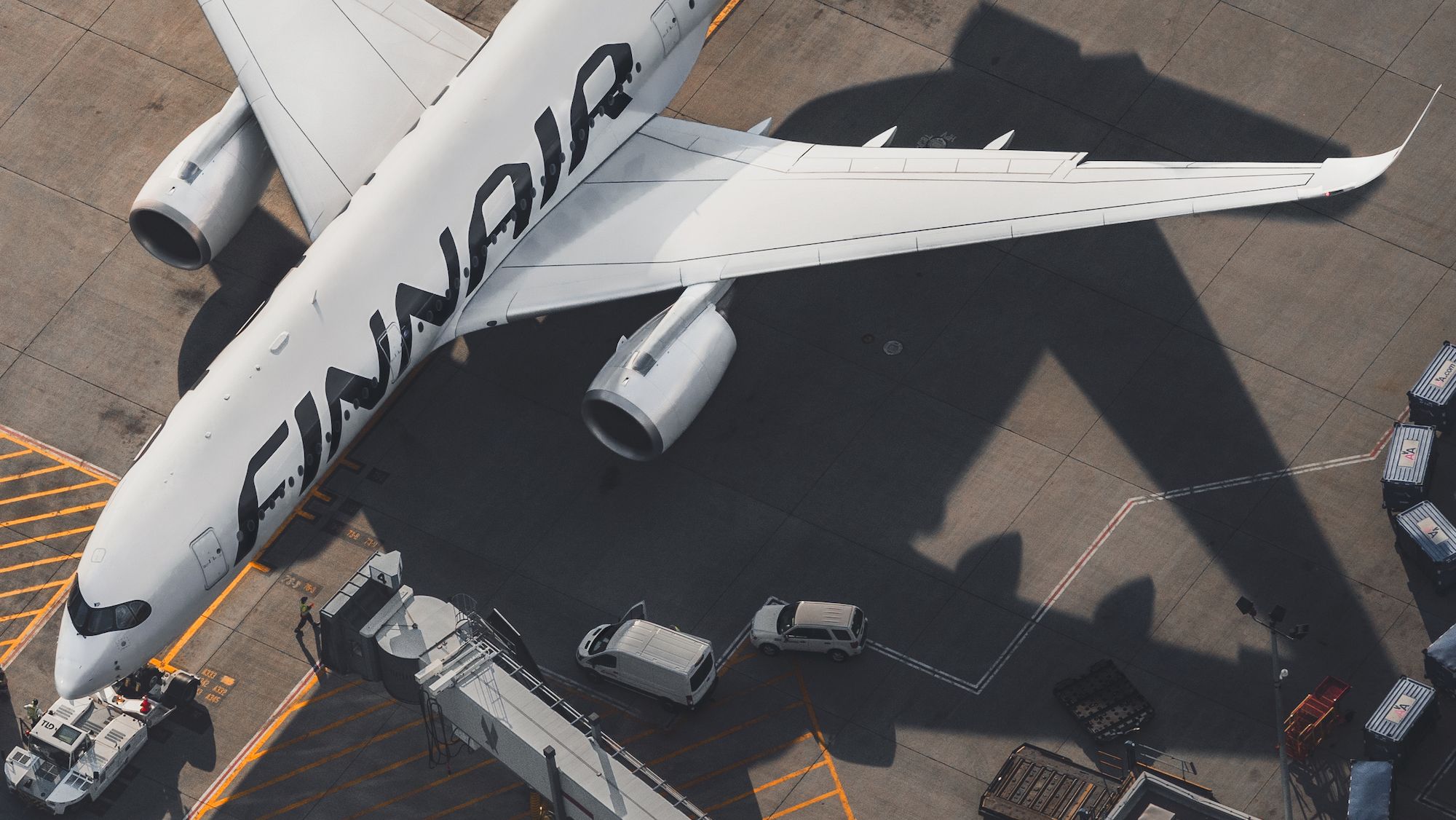Finnish flag carrier and oneworld alliance member Finnair announced on January 30th that it has modified 10 of its 17 Airbus A350-900s to carry more customers and cargo. Let's examine what the carrier did to accomplish this increase in capacity.
In cooperation with Airbus
According to Finnair, the modifications were carried out in cooperation with Airbus. The main factor was to safely increase the aircraft's maximum take-off weight (MTOW) for the specific aircraft. The purpose of this modification, according to the airline: Rising demand "for flights to and from Asia."
It would appear, however, that the increase in MTOW is simply a result of non-physical changes, as explained by Finnair:
"Modifications made involve minor changes and updates to aircraft’s software and placards and manuals in cooperation with aircraft manufacturer Airbus."
The airline adds that aircraft software compensates for the center of gravity change while maintaining the same handling characteristics. The original maximum take-off weight of Finnair’s A350 fleet was 268 tonnes. However, with the latest adjustments, the MTOW for five aircraft has been increased to 275 tonnes, with the remaining five airframes increased to 280 tonnes.
The Nordic airline adds that the changes were made to aircraft that regularly serve Seoul and Tokyo, two of the carrier’s longer intercontinental routes.
Get all the latest aviation news right here on Simple Flying
A result of Russia
So why are these adjustments only being made now - several years after the delivery dates of most of the A350s
Well, as the airline explained, "each route has been made longer following the closure of Russian airspace which has forced Finnair to replan its flights and detour around Russia, consuming more fuel than used previously."
Indeed, the airline being banned from flying through the extremely useful 'Siberian corridor' results in flight times that are several hours longer. For example, the carrier's AY41 service from Helsinki to Seoul used to have a duration of around eight hours. Now, having to circumvent Russian airspace, flight times for this service are between 11 and 12 hours.
"The normally lighter take-off weight had limited the number of customers and the amount of cargo each aircraft could carry, given the extended flight times," the airline states. Adding that, with the modifications, each aircraft is now able to carry more customers and cargo - and most importantly - more fuel to fly the longer distances.
An economic lift for Finnair
This change in MTOW and capacity increases the economic efficiency of each flight, as it allows for increased payloads. While fuel burn would of course increase due to the extra weight, the fuel burned per passenger (or unit of cargo) should go down.
Leena Niemi, Finnair Compliance Manager for Technical Operation, said:
"Usually we do everything we can to make our aircraft lighter, but for our flights to Tokyo and Seoul we’ve increased their maximum take-off weight to fly around Russia and meet the demand for increased customers, cargo and kerosene.
“In addition, the weight and balance data for the modified aircraft have been updated, the noise certificates of the aircraft have been renewed, and the aircraft maintenance program and life limits of the main landing gear parts have been updated.”
It appears that the announcement of these changes to the Finnair fleet is a little delayed - as the modified A350s are already flying. Indeed, the modifications were completed during the first two weeks in January, with the jets resuming operations on January 18th.
Sources: FlightRadar24.com

